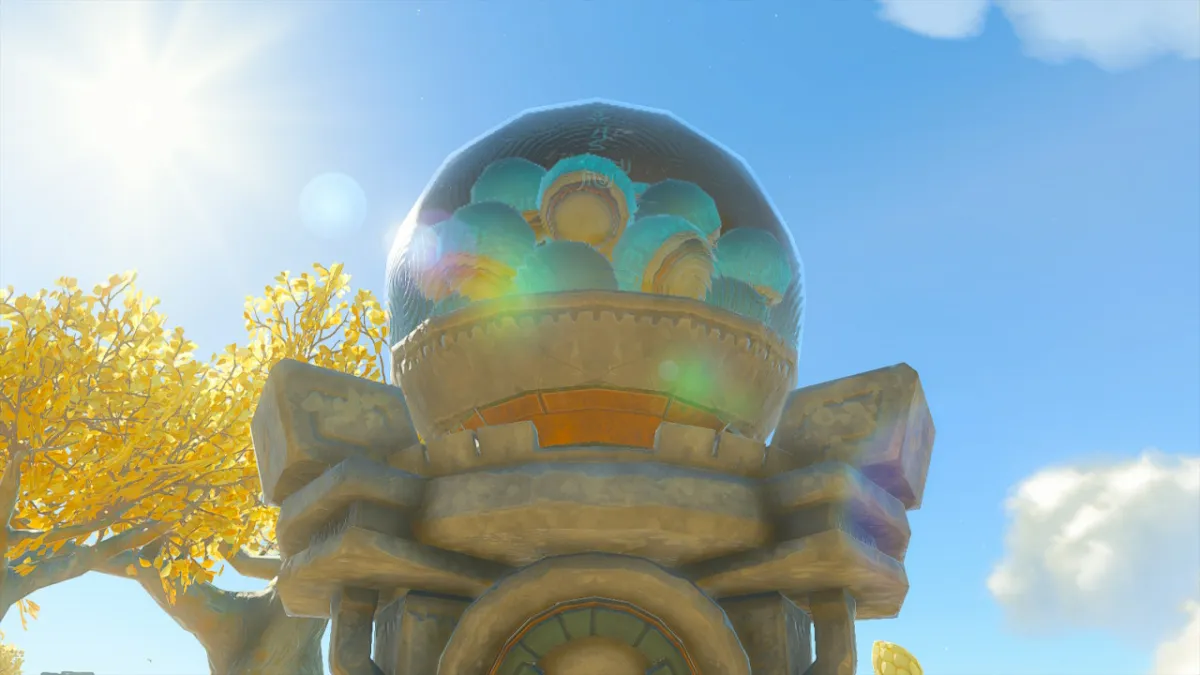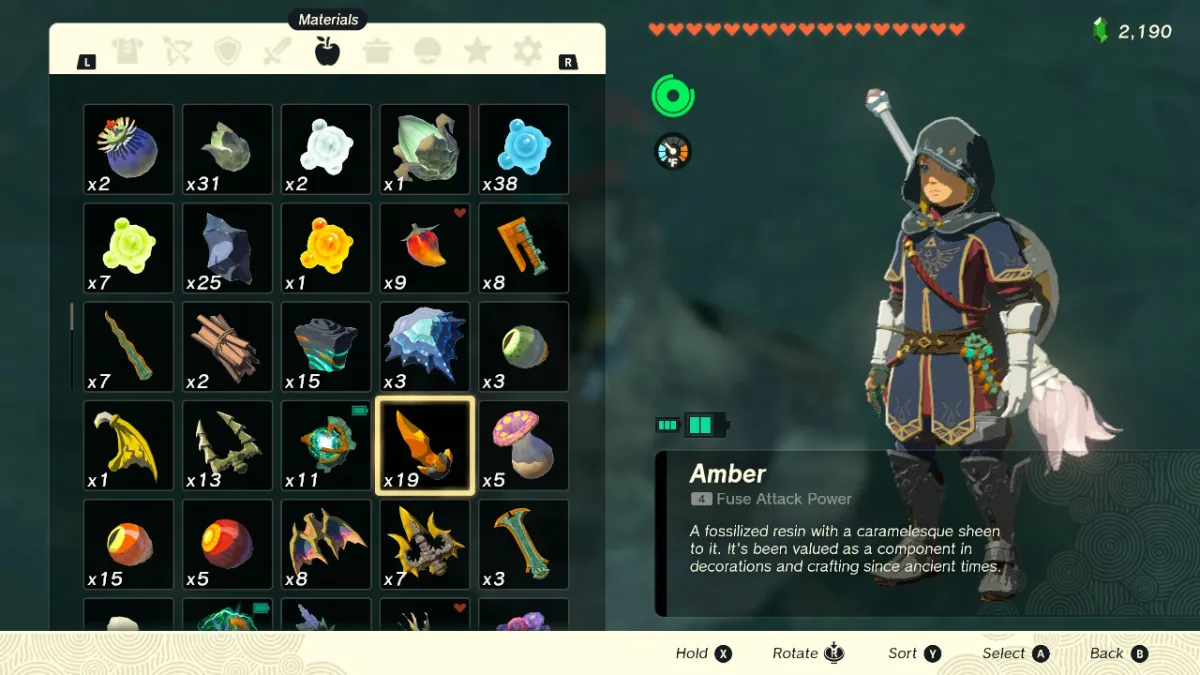Atlas Fallen is a game where players battle against fearsome beasts in desolate sand-filled lands. It’s also a game with some fairly intense requirements, with players only able to check it out on high-spec hardware like the PlayStation 5 or Xbox Series consoles. Though the title features on PC, its performance can be fairly difficult for low-end machines to handle. That’s why players should learn about the best Atlas Fallen graphics settings for great performance on PC.
Minimum Requirements and the Best Performance Settings for Atlas Fallen on PC
As noted by the game’s Steam store page, players need at least 35 GBs of space to install Atlas Fallen on their computer. They’ll also need a graphics card that’s at least as good as either a GeForce 1050 Ti or an RX 470 alongside 8 GBs of RAM and a decently modern 4-core CPU. However, these specs are only stated to be good enough for 30 FPS on “low” settings. Unless you have a killer CPU, double the RAM, and a somewhat modern graphics card with 8+ GBs of VRAM, you’ll have a tough time squeezing playable frame rates out of Atlas Fallen.
Despite these problems, the game features a few options to help mitigate performance issues. Launching the game will give you an option between its basic DirectX 11 version and its more taxing DirectX 12 version — with the former option being the one low-end players should pick. In the game itself, a few options can also be found in the Display & Graphics settings, all of which can be changed within the game to fine-tune your experience. Look out for these options above all others:
- Resolution/VSync/Frame Rate Limit: Classic catch-all PC settings. Adjust these to your liking until you find a good balance between game look and frame rate.
- Motion Blur Intensity: Blurs your view with movement. As with most games, keeping this on will reduce FPS if you move the camera around a lot.
- Texture Quality: Affects how good certain textures and effects look. You can set this as far as High while not losing out much on performance. Any further will cause notable impact.
- Shadow Quality: Affects the quality of shadows, most notably the player’s. Any setting higher than Medium could be fairly harmful to performance.
- Volumetric Lighting: Affects how lights appear in the game world, which also impacts shadow quality. Keep this on Low, as any higher settings will be noticed and detrimental.
Related: Atlas Fallen Review
Beyond these options, the other settings that effect frame rate are minor enough to not matter in most cases. This includes Ambient Occlusion and Vegetation Quality, neither of which are likely to impact gameplay outside of a few certain areas. Also keep in mind that effects during battles will always impact frame rate, so using less-flashy weapons or even healing less could help with the game’s performance…even if your own might suffer as a result.












Published: Aug 9, 2023 02:15 pm